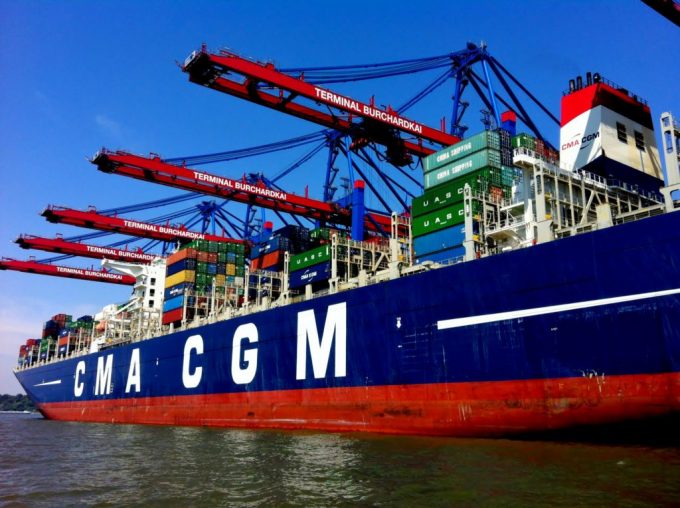Despite sourcing shifts, 'don't write-off China', says CMA CGM CCO
China cannot be written off completely from supply chains, despite tension with the US and ...

Ocean carriers are focusing their transpacific growth on US east coast port services, as the import coastal shift from the west coast continues.
According to Alphaliner, the Ocean Alliance (OA) partners will officially commence their eighth Asia-US east coast loop with the sailing of the 11,356 teu CMA CGM Callisto from Yantian, China, on 9 May.
The consultant said the new loop, going via the Panama Canal, would deploy ten 10,000-11,400 teu vessels calling at Yantian, Ningbo, Shanghai, Busan, Norfolk, Savannah, Charleston, ...
Volcanic disruption at Anchorage could hit transpacific airfreight operations
Shippers snap up airfreight capacity to US ahead of tariff deadline
Forwarders stay cool as US 'liberation day' tariffs threaten 'global trade war'
New price hikes may slow ocean spot rate slide – but for how long?
Tighter EU import requirements proving 'a challenge' for forwarders
Supply chain delays expected after earthquake hits Myanmar
Looming Trump tariffs will create 'a bureaucratic monster' for Customs

Comment on this article